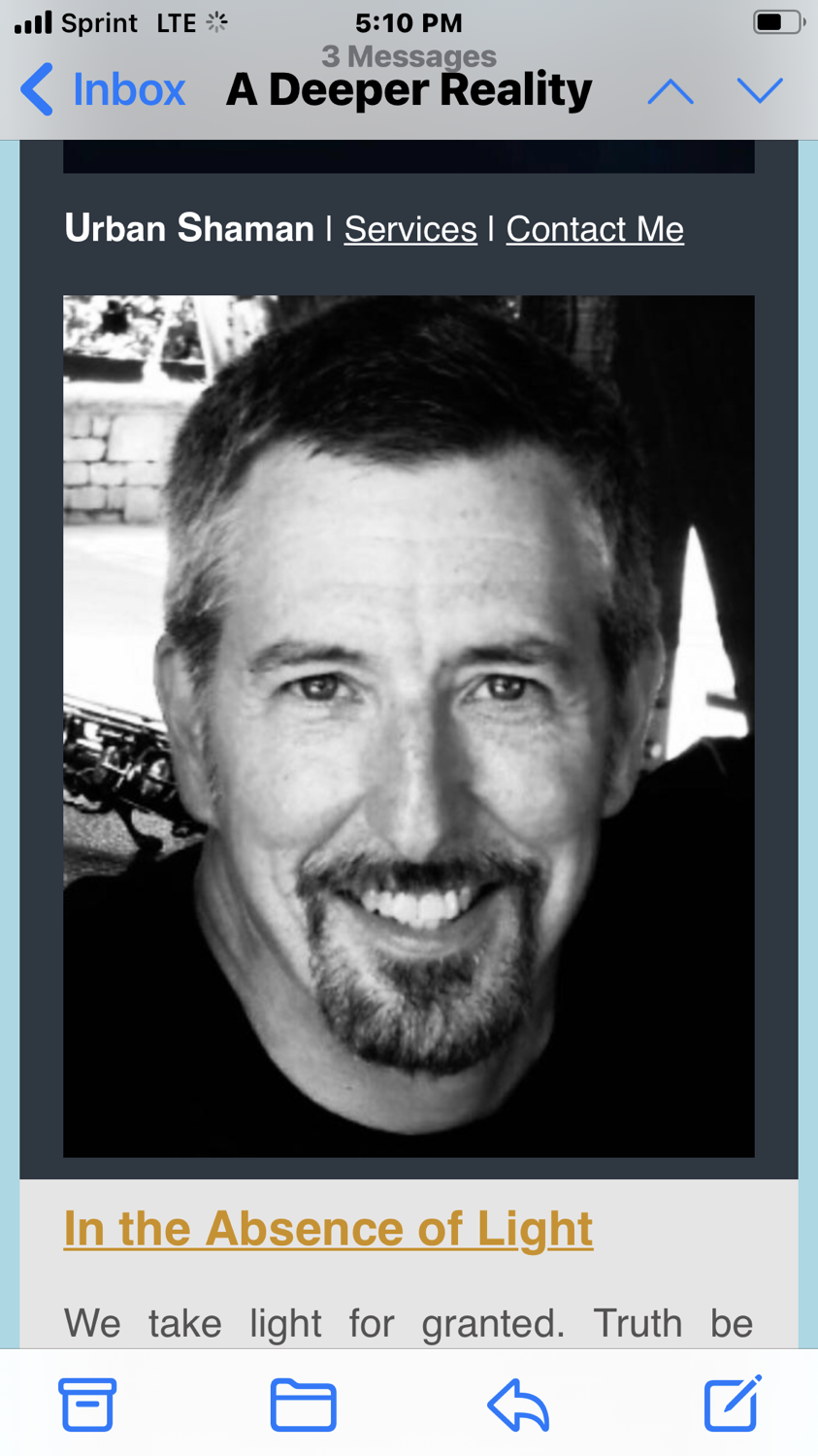The Heart of The Matter
 Urban Shaman
Urban Shaman- Aug 31, 2020
- 4 min read

“For where your treasure is, there will your heart be also.”
In the world of mathematics there is a concept known as the midpoint. In simply terms it’s the point on a line segment that divides it into two equal parts; halfway. This concept is so common and pervasive that we likely never notice it. Nonetheless, it is an enormously important notion that lies hidden in so many aspects of the human experience. I like to think of the midpoint as a fulcrum.
A fulcrum is something that plays a central or essential role in an activity, event, or situation. It is also the point on which a lever rests or is supported on which it pivots. When looked at through this lens the midpoint becomes critical. For those of you familiar the chakras (energy centers), you will know that there are seven main chakras, starting from the base of the spine through the crown of the head. Eastern teachings tell us that proper functioning of these invisible energy wheels is crucial to our health and vitality.
An important observation about the chakras is that there are seven; an odd number. The midpoint of which would fall at the heart chakra (4th position), leaving three chakras above it, and three below. Designating the heart chakra then as central and essential to the operation of what comes before it and what comes after, the role of the heart increases exponentially. Equally, the heart is the pivot point that supports the other chakras. An exclamation mark to this idea is evidenced by the very real fact that when the heart stops, so does everything else. Quite the metaphor.
In astrology, midpoints are also used. A midpoint is the halfway point between any two planets, and any planet forming an aspect to a midpoint influences the way in which the two planets in question blend their energies.
Is it any wonder that spiritual teachers and writings throughout all of history have focused so much on the heart? One of the most compelling examples of this is found in the Egyptian “Book of The Dead”. Another transliterated title for the book is “Book of Emerging Forth into the Light”. This funerary text is a compilation of spells designed to assist in the navigation of the afterlife. Stunningly one of the most important steps of this journey involves the weighing of one’s heart against the feather of truth. This act takes place in a trial before Osiris, Lord of The Underworld and last judge of the dead.
The Egyptians believed the soul was immortal and consisted of nine separate parts, the most important of which was Ab, or the heart, source of good and evil. They believed the heart, rather than the brain, was the source of human wisdom and the center of emotions and memories. And because of these links to the intellect, personality and memory, it was venerated as the most important organ of the body. So, it was through the weighing of a heart vs. the feather of truth that one’s true character was uncloaked.
Turning to a different tradition, the most frequently used and recited text in Buddhism is the Heart Sutra. Sutras are the threads on which tapestries of theory and knowledge can be woven. They can be sung, chanted or simply read. Not surprisingly, the Heart Sutra is about wisdom. This correlates with the Egyptian view. It specifically deals with a concept called prajnaparamita, the “perfection of wisdom and insight”. At the core of this sutra is a message to just let go and relax so that one can develop a soft heart and compassion.
In Gnostic teachings, the very term Gnosis is a heart doctrine. Though Gnosis is about accumulating knowledge it is also about the experience we have acquiring that knowledge. Reading something is very different from experiencing it. We first experience knowledge through the filter of our minds, and if we are fortunate enough, we later gain understanding in our hearts, which in turn transforms into wisdom.
In “The Little Prince” the author Antoine de Saint-Exupery says the following:
“And now here is my secret, a very simple secret: It is only with the heart that one can see rightly; what is essential is invisible to the eye.”
Blaise Pascal, a French mathematician, inventor, and writer said:
“The heart has its reasons which reason knows not”
Dan Fogelberg, an American musician, songwriter, composer, and multi-instrumentalist wrote the following:
And balanced on the precipice The moment must reveal Naked in the face of time Our race within the wheel As we hang beneath the heavens And we hover over hell Our hearts become the instruments We learn to play so well
In conclusion, I encourage each of us to examine our hearts. It is here at this sacred weigh-station, the veracity of our character is revealed. It is in this sacred space that the Shaman does his work. In order to do healing work, a shaman must overcome viewing things through two eyes, but rather through the single eye of the heart. If your heart is open, spirit can work with you. If the ego is in the way, no healing can take place.
And as my brother, and fellow shaman, Yeshua proclaimed: “Blessed are the pure in heart, for they will see God”




Comments